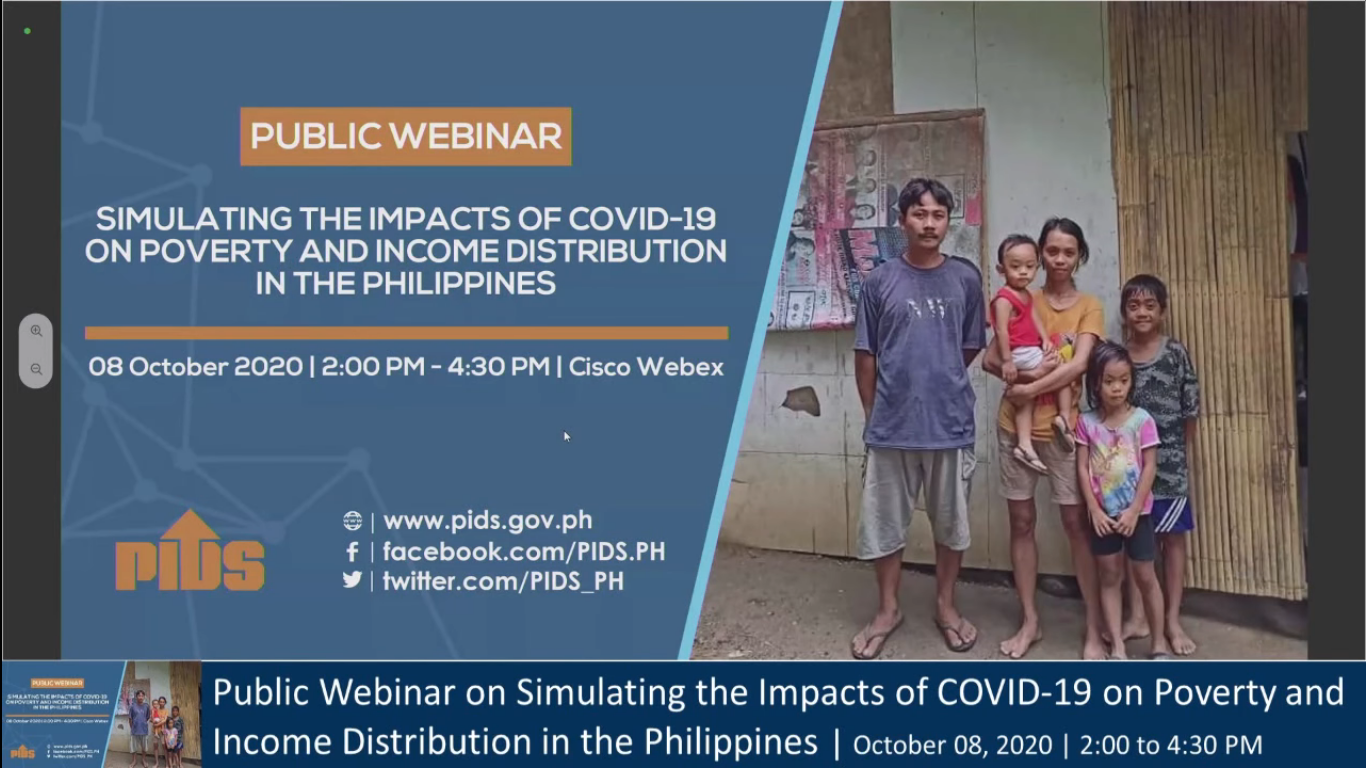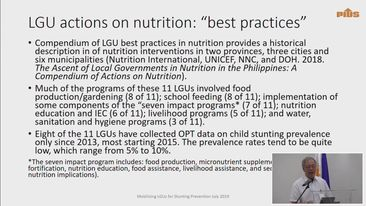SHOCKS such as natural disasters, inflation, income loss, conflicts, and wars are just some of the factors that can drive more families into poverty or keep them in that situation. According to the estimates of state think-tank Philippine Institute for Development Studies, close to half of Filipino families are at risk of remaining or becoming poor if government fails to put the needed interventions to protect them.
About 48.5 percent of Filipino households are vulnerable to income poverty, a third of which are highly vulnerable. This figure is around double to triple the corresponding official poverty estimates. In 2015, it was estimated that only about 17 percent of families were living below the poverty line.
Based on the poverty threshold set by the Philippine Statistics Authority, a family of five in 2015 needed an average of P6,329 per month to meet their basic food needs, and P9,064 per month for their minimum basic food and nonfood needs.
What these facts highlight is the importance of studying vulnerability to poverty or the probability of being poor in the future. This can help government design differentiated actions and programs for highly vulnerable and relatively vulnerable households.
Poverty is dynamic. With the poor exiting and the non-poor sliding into poverty, government should broaden the scope of its assessments by taking into account both poverty and vulnerability estimates.
Managing risks systematically is important, according to the PIDS, particularly in terms of building risk resilience through social protection, to address Filipinos’ vulnerability to income poverty. To illustrate, the elimination of poverty is like treating the sick, which can either be curative (i.e., alleviating the conditions of the poor, and/or helping them exit out of poverty) or preventive (i.e., protecting those vulnerable from the risks and harmful effects of poverty by building the resilience of the vulnerable).
The last decade has seen significant strides in social protection in the Philippines. However, most social protection programs involved the provision of a uniform social assistance to all beneficiaries, rather than accounting for differentiated needs. The government’s Social Pension Program, for example, provides P500 monthly pensions for all beneficiaries, who are by law, supposed to be indigent senior citizens.
Social protection can achieve more of its intended impact if policies and programs were integrated, synergized, and collaborative. Collaboration enables social protection actors to address complex challenges, use knowledge and expertise more effectively with shared understanding and a common purpose, and integrate support to become more efficient and effective.












